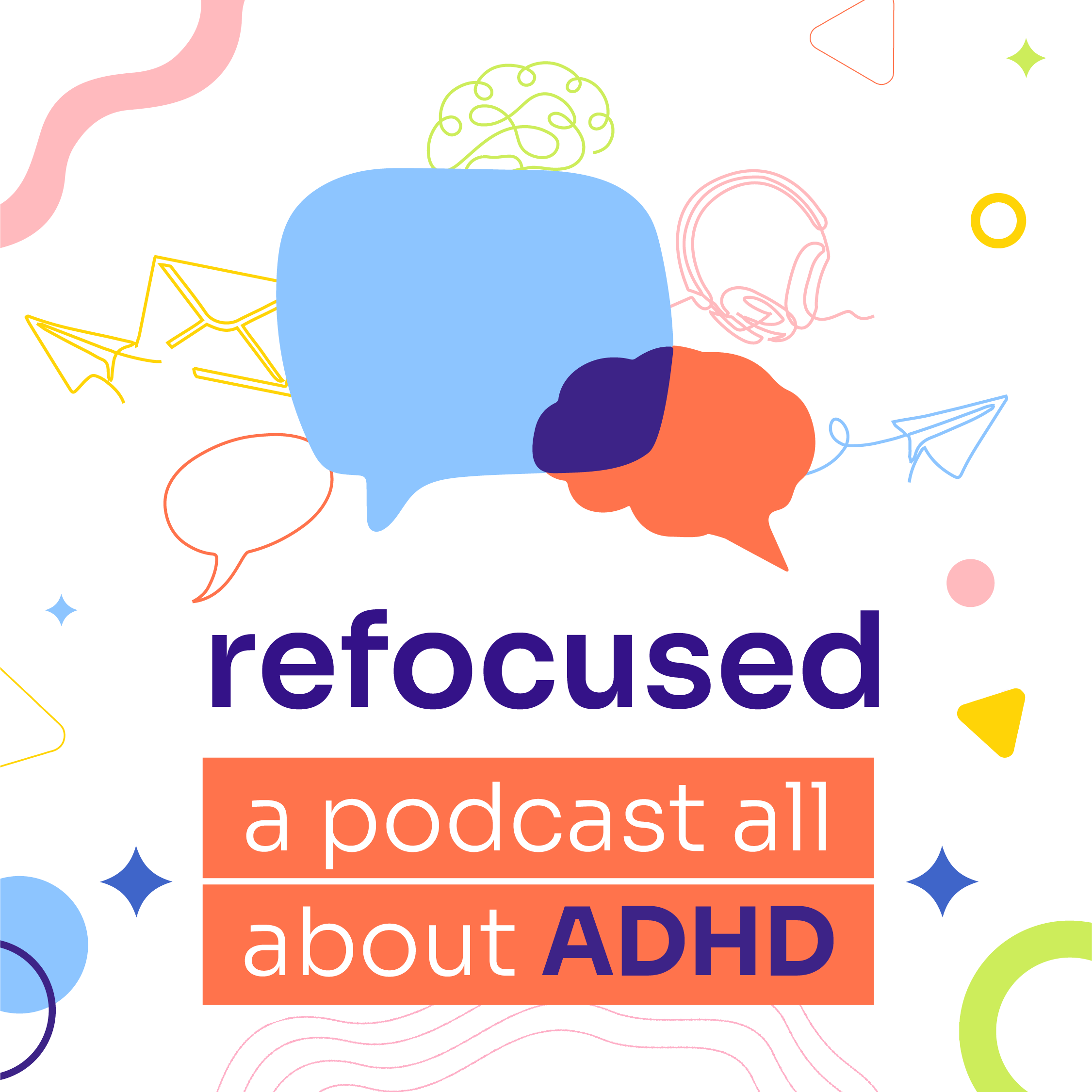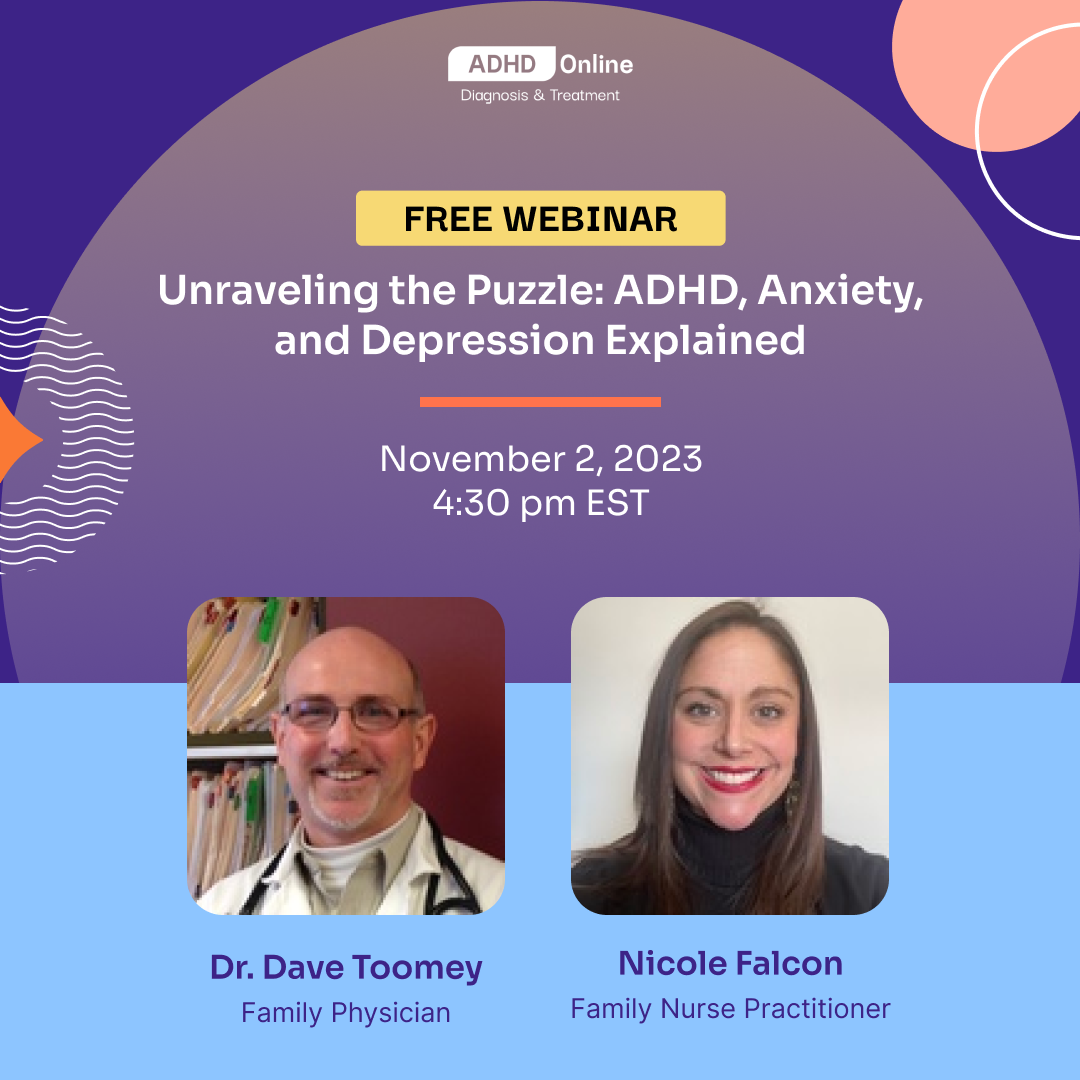By Mary Fetzer
Exercise is good for everyone, and emerging research suggests that exercise can have a particularly beneficial impact on the symptoms of ADHD.
Studies found at PubMed Central, an archive of medical literature at the U.S. National Institutes of Health’s National Library of Medicine, indicate that exercise reduces ADHD core symptoms and improves executive functions. Physical activity can improve memory and attention, reduce impulsivity and hyperactivity and boost mood.
Aerobic exercise might help most
“Exercise is an important part of treatment for ADHD,” says Carly Claney, a licensed psychologist in Seattle who specializes in ADHD testing and treatment. “Studies have shown that regular aerobic exercise sessions provide some relief from symptoms of the disorder.” A single exercise session, in fact, can result in immediate improvement.
Aerobic exercise ranges from light (swimming, walking) to intensive (running, jumping rope). The intensity is determined by the type of activity and how hard the individual is working. The American Heart Association recommends that everyone reach a minimum of 30 minutes of moderate-intensity aerobic exercise five to seven days per week. The Centers for Disease Control recommends 150 minutes of exercise every week (for example, 30 minutes a day, five days per week.) The CDC also recommends additional muscle strength training two or more times per week that work all major muscle groups (legs, hips, back, abdomen, chest, shoulders, and arms).
Can exercise replace medication?
Medications for ADHD can deliver proven benefits, but further trials are needed to examine whether exercise can serve as a stand-alone therapy for ADHD.
Stimulants that increase dopamine levels in the brain are the first-line medication for treating ADHD. Dopamine is a neurotransmitter that regulates emotional response and helps regulate actions that bring about feelings of pleasure and reward. Levels of dopamine are different in people with ADHD than in those without ADHD. Another neurotransmitter — norepinephrine — may also play a role in ADHD.
Exercise triggers a release of dopamine. The “runner’s high” mood boost induced by physical activity has long been attributed to endorphins, but research shows that another class of brain chemicals — endocannabinoids — are also involved. Endocannabinoids increase dopamine in the brain’s reward system and fuel feelings of optimism.
The main issue with exercise as a treatment, however, is sustainability. An individual with ADHD might find it challenging to rely on exercise as a regular routine that’s followed consistently. “As individuals with ADHD may have difficulty focusing on the task at hand, they may also have a difficult time staying interested in a full workout session,” says Claney.
Each workout session might be viewed as one “dose.” Exercise, like medicine, must be repeated regularly in order to provide benefits.
Making exercise work
Jaclyn Paul, author of Order from Chaos: The Everyday Grind of Staying Organized with Adult ADHD, finds that exercise supports the effectiveness of her ADHD meds and helps her feel healthy and content. “For me personally, regular exercise helps increase calm and focus,” she says. “It gives my brain much-needed downtime and releases some of my nervous energy.”
((see below note about deletion of these two paragraphs — TM))
Paul advises anyone with ADHD to start “simple and cheap” on their exercise regime. “There’s a real risk, for some of us, of hyper-focusing on gearing up for a new miracle-cure plan,” she cautions. “The key is to pick something fun, relaxing and low guilt. Something that feels right, not something I feel like I am ‘supposed’ to do. If I have to force myself every day, it won’t last.”
Overall, Paul recommends something that’s easy to stop and start. “ADHDers are vulnerable to disruptions in our routines and habits,” she says. “Something easy to get back into after a lapse will be much healthier in the long run.”
Sources:
Journal of Borderline Personality Disorder and Emotion Dysregulation
Order from Chaos: The Everyday Grind of Staying Organized with Adult ADHD




